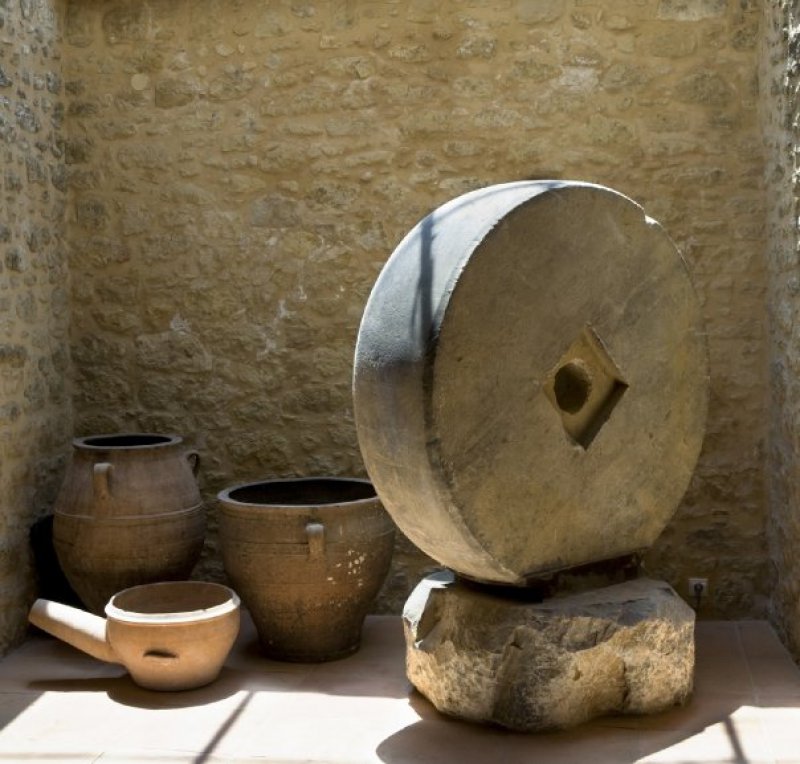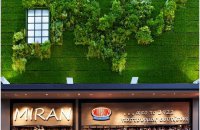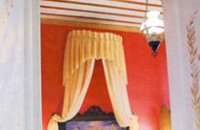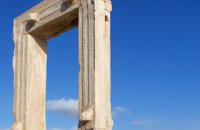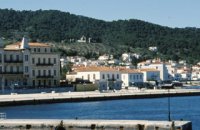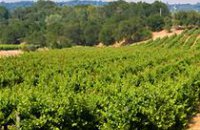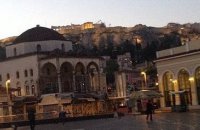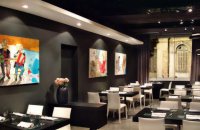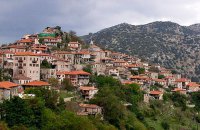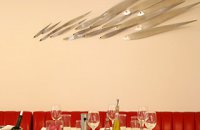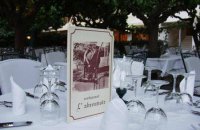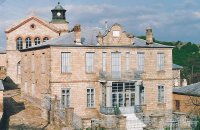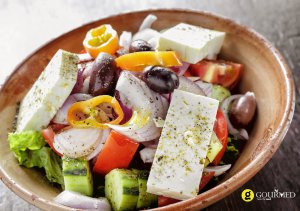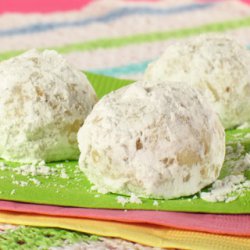Just outside the Cretan village of Kapsaliana, you can find a small, delightful museum devoted to the olive tree and its products. Situated on the road from Rethymno towards the historical monastery of Arkadi, the building was constructed by the Venetians during the 16th century and used to belong to the monastery of Arkadi. It was renovated in the 17th century by the monk of Filareto and, interestingly, the production of olive oil for the monastery led to the foundation and existence of the village. The village was deserted following the Second World War, but the architect Miron Tupogiannis is currently in the process of rebuilding and restoring it to its former glory. Once this happens, the adorable museum is sure to receive much more visitors.
The area constitutes one of the oldest and most important olive groves in all of Crete. The olive oil millstone of the monastery and the wooden press, along with the stone troughs, can be found in the center of the building. The wooden doorframes within the museum are redolent of notes made by the monks, detailing the quantity of olives gathered at the end of the 19th century. The olive millstone and the press were in use for more than 300 years, breathing life into the village and enabling its survival throughout the island's many occupations.
Crete: Kapsaliana's Olive Oil Museum
Kapsaliana's tiny olive oil museum commemorates the millstone and press that kept the village alive for more than 300 years of foreign occupations.
Country:
Category:
Related Articles
Most Popular recipes















































